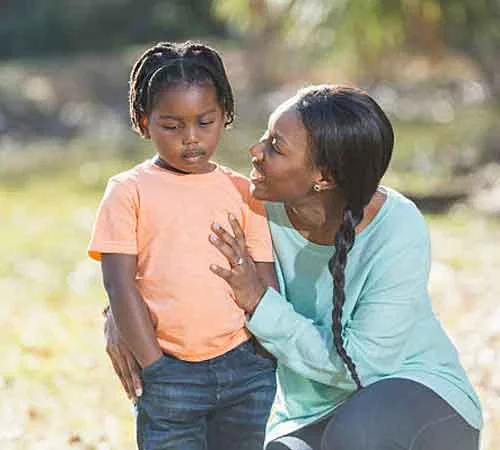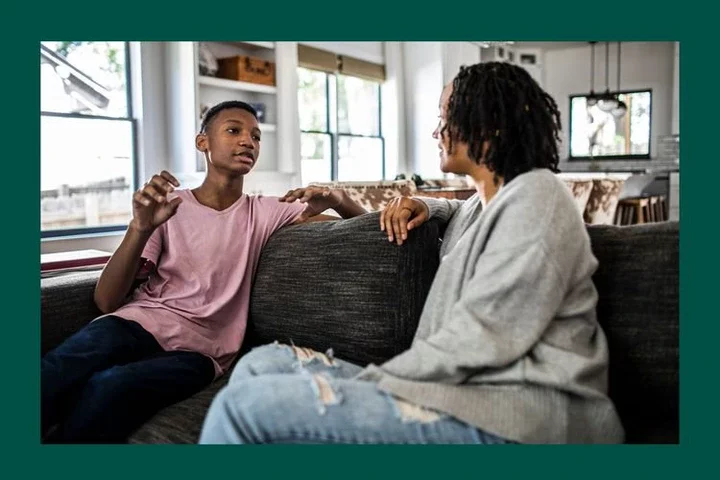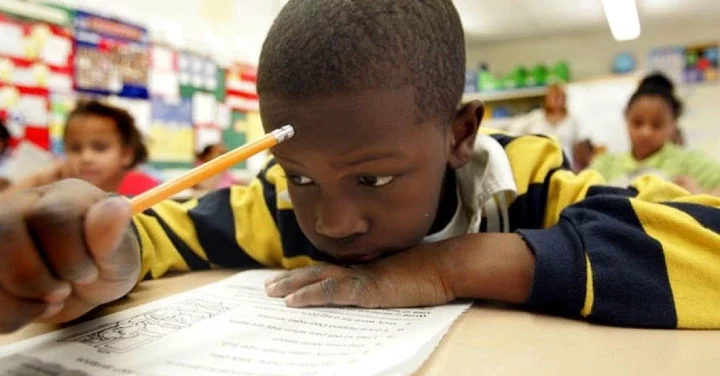
Many parents and caregivers may initially feel uncertain or uncomfortable when discussing sensitive topics like body parts with children.
However, it's crucial to remember that you, as a parent, play a vital role in this aspect of your child's education.
Approaching these conversations with honesty, openness, and sensitivity is key, as your child will learn about their body from someone you want that someone to be you or a stranger?
It's important to remember that children are naturally curious about their bodies and the world around them from a young age.
As they grow and develop, they may begin to ask questions about their body parts.
Consider The Child's Age
Providing them with accurate and age-appropriate information is crucial, and understanding their curiosity can help you approach these conversations with patience and empathy.
Using simple language is vital when discussing body parts with children.
Avoiding complicated or vague terms can help prevent confusion and promote a healthy understanding of the body.
For instance, instead of using euphemisms or made-up words, parents can use correct anatomical terms like "penis," "vagina," or "breasts."
When answering their questions, it's also essential to consider the child's age and developmental stage.
For example, a four-year-old may not need to know the intricacies of human reproduction, but they may benefit from learning about essential body parts and their functions.
By maintaining a calm and non-judgmental tone when discussing sensitive topics with children, you can help them feel more at ease and encourage them to ask questions without fear of embarrassment or reprisal.
This approach, combined with creating a safe and supportive environment, can help parents and caregivers like you play a significant role in helping children develop a positive and healthy body image.
In addition to providing accurate information, it's also important to emphasise the importance of privacy and respect for their body.
Teaching children that their bodies are their own and that they have the right to privacy and respect can help them develop the necessary skills for maintaining healthy relationships and protecting themselves from potential harm.
Let's provide more detailed examples of how to apply the concepts of teaching children about body parts and privacy in various real-life situations:
At Home
During a morning routine, a parent can point to their child's body parts while getting dressed, saying, "Let's put on your shirt to cover your chest".
This helps the child learn the names of body parts and understand their functions.
Similarly, during bath time, parents can use the opportunity to teach their children about their body parts and the importance of privacy and respect.
Another example is a 5-year-old child who asks, "Mommy, why are my brother's private parts different from mine?" The mother takes a deep breath and responds calmly, "You're right; our bodies are different.
"Boys have penises, and girls have vaginas. And we must respect and keep each other's private parts covered".
The mother then seizes the opportunity to reinforce the importance of privacy and boundaries, saying, "Remember, our private parts are just for us, and we don't share them with others. Let's keep our bodies safe and respectful".
This conversation helps the child understand the differences between boys' and girls' bodies while emphasising the importance of respecting each other's privacy and boundaries.
# In Public
In a public restroom, a parent can remind their child to lock the stall door and respect others' privacy. The parent can say, "Remember to lock the door so you can have privacy, and let's wash our hands when we're done."
# In Social Situations
During a playdate, a parent can supervise interactions and intervene if children engage in inappropriate touching or behaviour. For example, the parent can say, "We don't touch our friends' private parts. Let's play a different game."
# In Educational Settings
Teachers can incorporate lessons about body parts and privacy into their curriculum, using age-appropriate language and materials.
For example, the teacher can show a diagram of the human body and explain the different parts, saying, "This is our heart, and it pumps blood throughout our body."
# In Healthcare Settings
A healthcare provider can use correct anatomical terms when discussing body parts with children, helping to promote a positive and healthy body image.
For example, the provider can say, "I will examine your abdomen now.
This part of your body contains your stomach and intestines."
In summary, effective communication about body parts and privacy is necessary for all children's physical, emotional, and social development.
Teaching children about privacy, respect, and boundaries is essential for their well-being and safety.

















Comments